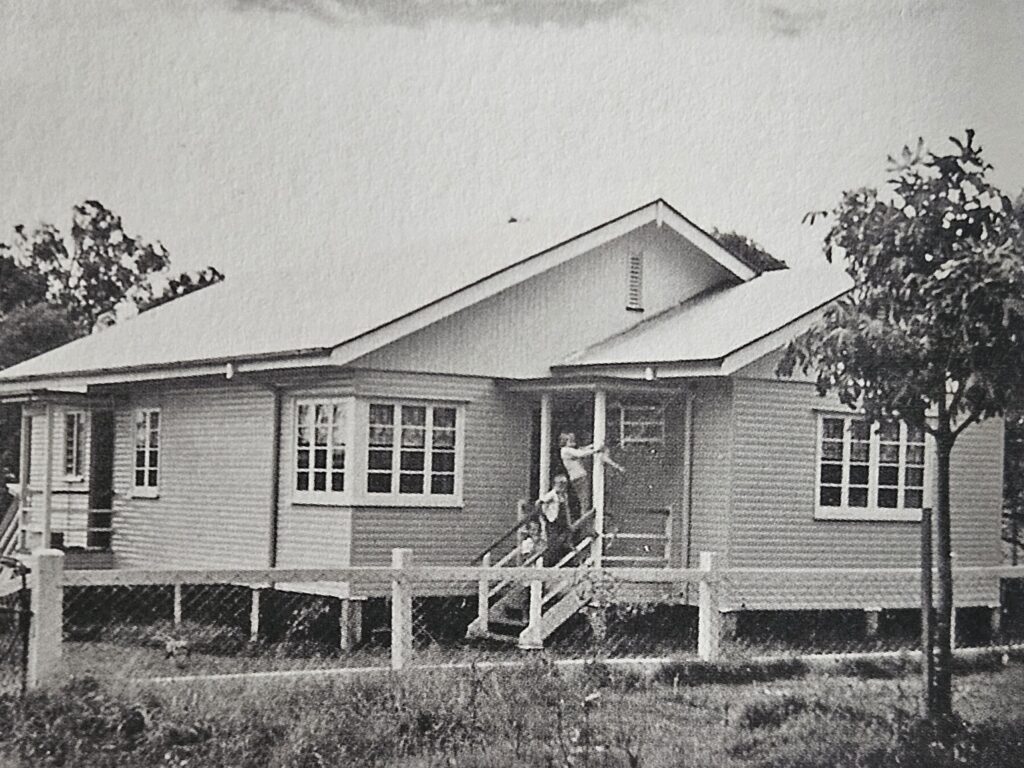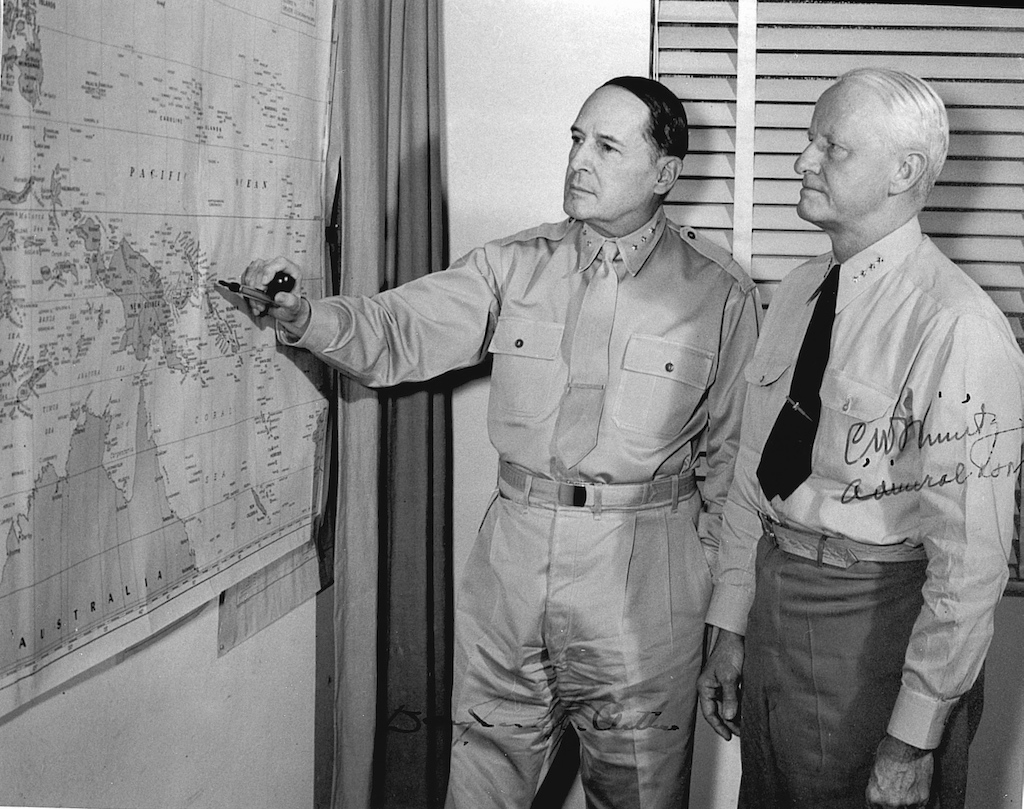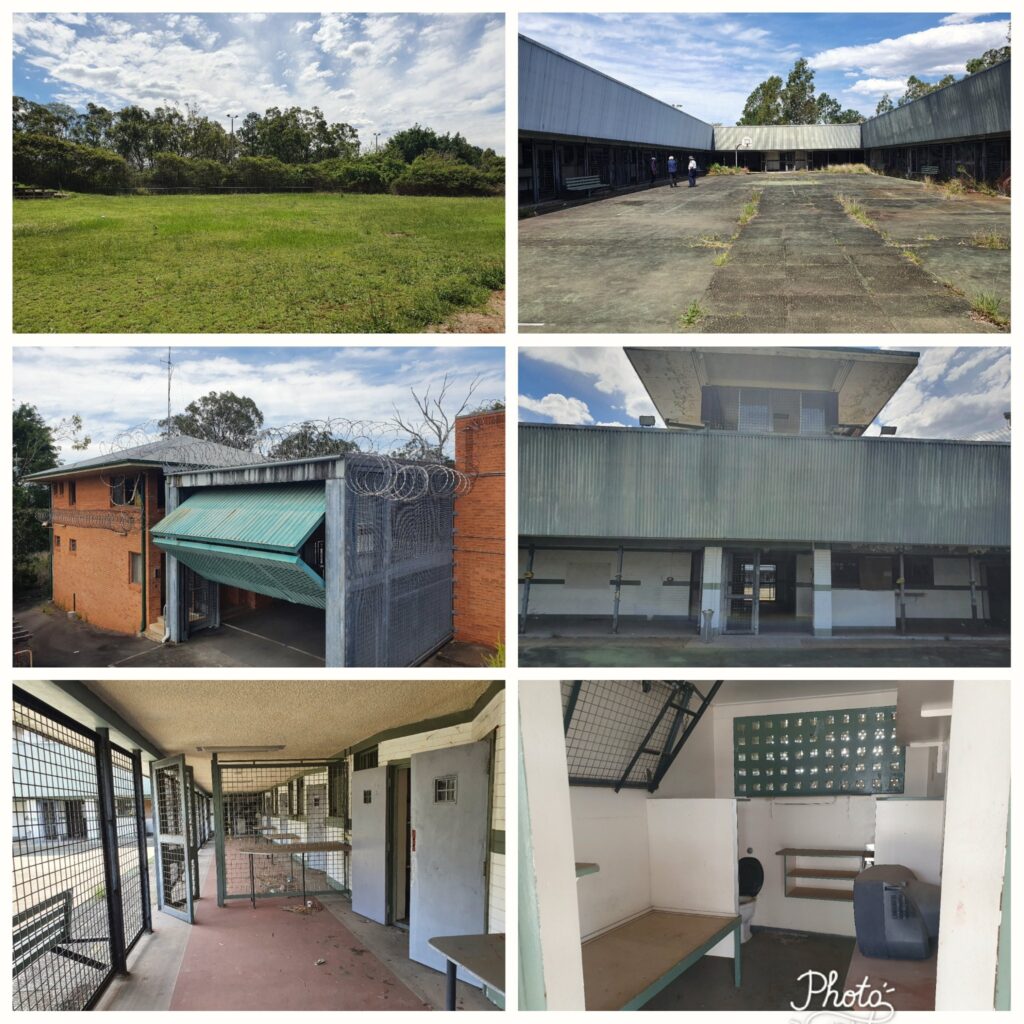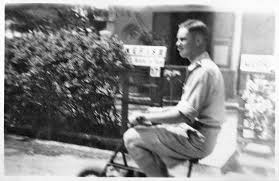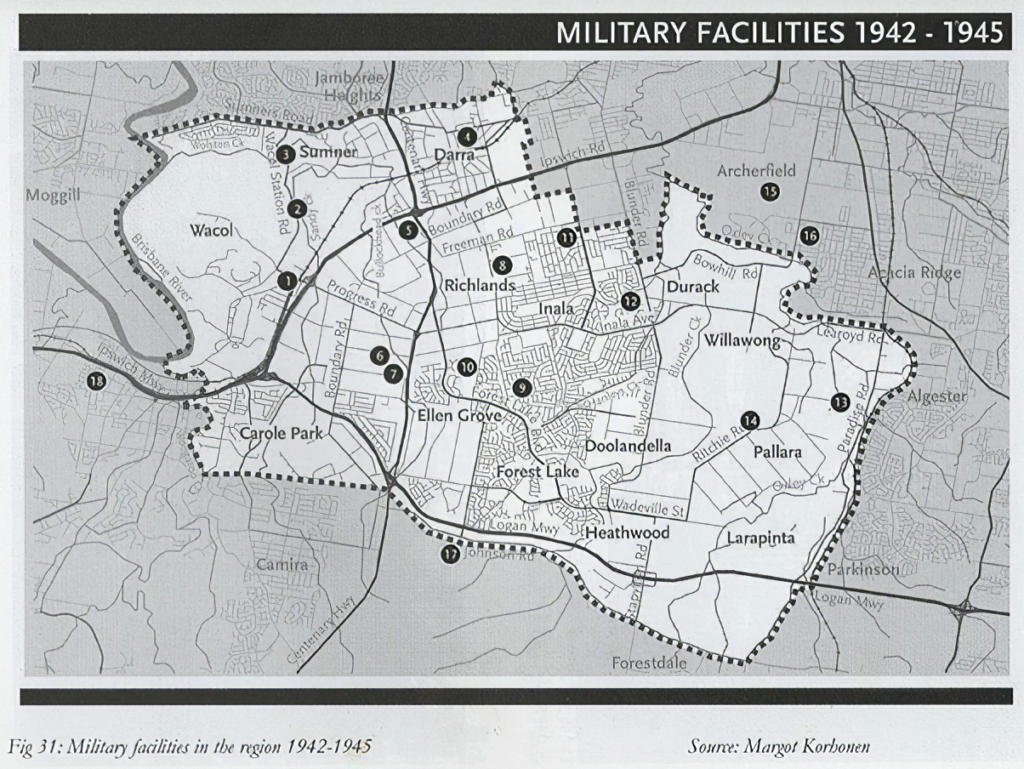The Mysterious Disappearance of Sharron Phillips near Camp Wacol (1986)
The Night of Disappearance On the evening of Friday, May 9, 1986, at around 8:00 PM, Sharron Phillips was reported missing to the Goodna police by her mother, Dawn Phillips. Sharron, a vibrant 20-year-old, had vanished without a trace. Earlier that day, her father and brother had discovered Sharron’s yellow Datsun Bluebird Sedan, registration 463-PKH, […]
The Mysterious Disappearance of Sharron Phillips near Camp Wacol (1986) Read More »






